Home>Construction & Tools>Building Materials>How To Stain A Brick Fireplace
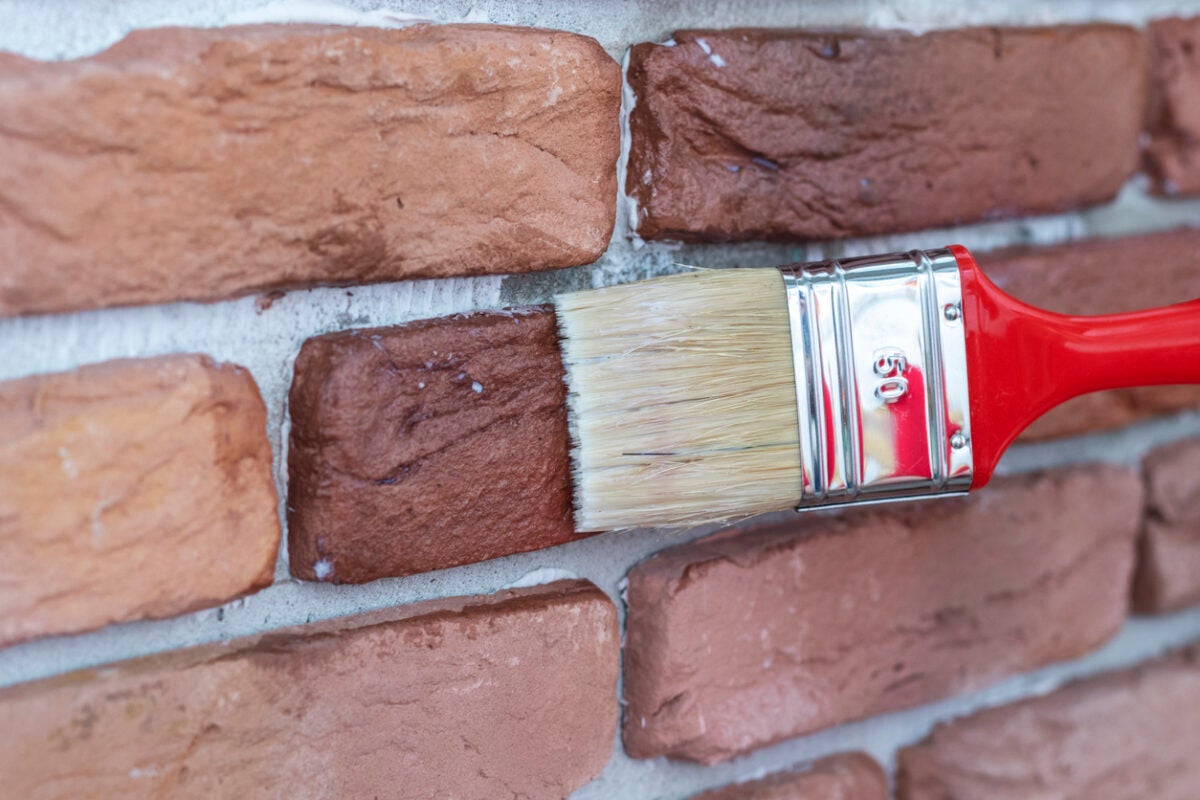

Building Materials
How To Stain A Brick Fireplace
Modified: February 18, 2024
Learn how to stain a brick fireplace to give it a fresh, updated look using building materials. Follow our step-by-step guide for a stunning transformation.
(Many of the links in this article redirect to a specific reviewed product. Your purchase of these products through affiliate links helps to generate commission for Storables.com, at no extra cost. Learn more)
Introduction
So, you've got a brick fireplace that's looking a little lackluster, and you're itching to give it a fresh new look. Staining your brick fireplace can be a fantastic way to revamp its appearance and inject a touch of personality into your living space. Whether you're aiming for a sleek modern look or a rustic, time-worn aesthetic, staining your brick fireplace can be a transformative DIY project that yields impressive results.
In this guide, we'll walk you through the process of staining your brick fireplace step by step. From choosing the right stain to applying it with finesse, we'll cover all the essential tips and techniques to help you achieve a stunning result. So, roll up your sleeves, gather your supplies, and let's dive into the art of staining a brick fireplace.
Key Takeaways:
- Transform your brick fireplace with the right stain, meticulous preparation, and careful application to create a stunning focal point that reflects your personal style and adds warmth to your living space.
- Elevate your stained fireplace with finishing touches like sealing the surface, accessorizing the mantel, and incorporating lighting, ensuring it becomes a captivating centerpiece for cherished moments and conversations.
Read more: How To Stain A Brick Fireplace
Choosing the Right Stain
When it comes to staining a brick fireplace, selecting the right stain is crucial. The stain you choose will not only determine the color of your fireplace but also influence its overall aesthetic and longevity. Here are a few key considerations to keep in mind when choosing the perfect stain:
- Water-Based vs. Solvent-Based Stains: Water-based stains are known for their eco-friendly and low-odor properties, making them a popular choice for indoor projects like fireplace staining. On the other hand, solvent-based stains offer deep penetration and durability, making them suitable for high-traffic areas.
- Color Options: Stains come in a wide array of colors, from rich earthy tones to bold modern hues. Consider the existing color scheme of your room and the ambiance you wish to create when selecting a stain color. For a classic, timeless look, earthy tones like terracotta or sandstone can work wonders. If you’re aiming for a more contemporary feel, consider experimenting with darker or bolder shades.
- Translucency and Opacity: Some stains are more translucent, allowing the natural texture and variations of the brick to show through. Others are more opaque, providing a solid, uniform color. Think about whether you want the natural character of the brick to shine through or prefer a more uniform appearance.
- UV Protection: If your fireplace is exposed to sunlight, opt for a stain with UV protection to prevent fading and maintain the vibrancy of the color over time.
- Sample Testing: Before committing to a particular stain, consider testing it on a small, inconspicuous area of your fireplace to see how it interacts with the brick. This will give you a better idea of how the final result will look and whether it aligns with your vision.
By carefully considering these factors and perhaps seeking advice from professionals at your local hardware store, you can ensure that you choose a stain that not only complements your style but also stands the test of time.
Preparing the Fireplace
Before diving into the staining process, it’s essential to prepare your brick fireplace to ensure that the stain adheres properly and delivers a flawless finish. Here’s a step-by-step guide to preparing your fireplace for the staining process:
- Clean the Surface: Start by thoroughly cleaning the brick surface to remove any dirt, dust, or soot. A mixture of mild detergent and water can be used to scrub the bricks, followed by rinsing with clean water and allowing the surface to dry completely.
- Repair Any Damage: Inspect the brick surface for any cracks, holes, or loose mortar. Use a suitable brick repair mortar to fill in any gaps and ensure that the surface is smooth and even. Allow the repaired areas to dry before proceeding.
- Protect Surrounding Areas: Cover the floor and any adjacent surfaces with drop cloths or plastic sheeting to prevent accidental staining. Mask off any areas, such as the mantel or adjacent walls, that you want to keep stain-free using painter’s tape.
- Apply a Primer (Optional): Depending on the type of stain you’re using and the condition of your bricks, applying a primer specifically designed for masonry surfaces can enhance the adhesion and durability of the stain. Consult the stain manufacturer’s recommendations to determine if a primer is necessary for your project.
- Allow for Adequate Ventilation: Ensure that the room is well-ventilated by opening windows and using fans to prevent the buildup of fumes during the staining process. Safety goggles, gloves, and a mask are also recommended to protect yourself from any potential fumes or splatters.
By investing time and effort into proper preparation, you can set the stage for a successful staining process and ensure that your fireplace achieves a professional-quality finish that will stand the test of time.
Before staining a brick fireplace, make sure to clean the surface thoroughly to remove any dirt or soot. Use a high-quality masonry stain and apply it evenly with a brush or roller for a professional finish.
Applying the Stain
With your fireplace prepped and ready, it’s time to delve into the application of the stain. This step is where the transformation truly takes shape, and attention to detail is key to achieving a stunning result. Here’s a comprehensive guide to applying the stain to your brick fireplace:
- Stir the Stain: Before you begin, thoroughly stir the stain to ensure that the color pigments are evenly distributed. If using multiple cans of stain, it’s advisable to mix them together in a larger container to maintain color consistency.
- Begin with a Test Area: It’s wise to start by applying the stain to a small, inconspicuous area of the fireplace to ensure that you’re satisfied with the color and application method before proceeding to the entire surface.
- Use a Brush or Roller: Depending on personal preference and the texture of your bricks, you can use a high-quality brush or a low-nap roller to apply the stain. Work in manageable sections, and use a brush to reach into mortar joints and ensure even coverage.
- Work in Layers: Rather than applying a heavy coat of stain all at once, opt for multiple thin layers to achieve the desired color depth. Allow each layer to dry according to the manufacturer’s instructions before applying the next one.
- Wipe Off Excess Stain: After applying each layer, use a clean cloth to gently wipe off any excess stain. This helps prevent drips, streaks, and uneven coloration, resulting in a more uniform and professional finish.
- Blend and Feather Edges: To avoid visible edges or patchy areas, blend and feather the edges of each section as you work. This technique ensures a seamless transition between stained and unstained areas.
- Allow for Adequate Drying Time: Once the entire surface has been stained, allow it to dry thoroughly before assessing the color and deciding if additional layers are needed. Proper drying time is essential for the stain to fully bond with the brick surface.
By following these steps and exercising patience throughout the application process, you can achieve a beautifully stained fireplace that adds character and charm to your living space.
Finishing Touches
As the stained brick fireplace nears completion, attention to the finishing touches can elevate the overall aesthetic and ensure a polished final result. Here are some essential steps and considerations for adding those final flourishes to your newly stained fireplace:
- Seal the Stained Surface: Once the stain has dried completely, consider applying a clear masonry sealer to protect the surface and enhance the longevity of the finish. The sealer can help safeguard the brick against moisture, stains, and UV damage, preserving the beauty of the stained fireplace for years to come.
- Reinstall or Replace Hardware: If your fireplace features any hardware such as a fire screen, grate, or decorative elements, ensure that they are thoroughly cleaned and reinstalled. Consider updating or replacing any worn or outdated hardware to complement the fresh look of the stained fireplace.
- Accessorize the Mantel: If your fireplace has a mantel, take the opportunity to adorn it with carefully curated decor and accessories. From framed art and mirrors to potted plants and decorative vases, the mantel provides a perfect stage to showcase your personal style and enhance the visual impact of the fireplace.
- Enhance with Lighting: Thoughtfully placed lighting can accentuate the beauty of the stained brick and create a warm, inviting ambiance. Consider installing sconces, wall-mounted fixtures, or strategically positioned candles to illuminate the fireplace and create a captivating focal point in the room.
- Regular Maintenance: To preserve the allure of your newly stained fireplace, incorporate regular maintenance into your home care routine. This may include periodic cleaning with a mild detergent, inspecting for any signs of wear, and promptly addressing any issues to uphold the pristine appearance of the stained brick.
By attending to these finishing touches, you can ensure that your stained fireplace becomes a captivating centerpiece that enriches the ambiance of your living space and delights all who gather around it.
Conclusion
Staining a brick fireplace is a gratifying endeavor that can breathe new life into your living space and infuse it with warmth and character. By carefully selecting the right stain, preparing the fireplace with precision, and executing the application process with finesse, you have the power to transform a lackluster fireplace into a captivating focal point that reflects your personal style.
As you embark on this creative journey, remember that attention to detail and patience are paramount. Take the time to explore various stain options, envision the desired outcome, and embrace the process of bringing your vision to fruition. Whether you opt for a rich, earthy hue that exudes timeless charm or a bold, modern shade that makes a statement, the stained fireplace will undoubtedly become a cherished feature of your home.
Furthermore, the finishing touches, such as sealing the stained surface, accessorizing the mantel, and incorporating lighting, serve to enhance the allure of the fireplace and create a welcoming atmosphere in your living space. With regular maintenance and care, your stained brick fireplace will continue to exude its newfound charm for years to come, becoming a beloved gathering place for cherished moments and conversations.
So, as you stand back and admire the stunning transformation, take pride in the artistry and craftsmanship that have revitalized your fireplace. Whether it’s a cozy evening by the fire or a lively gathering with loved ones, your stained fireplace will serve as a timeless backdrop, radiating warmth and style throughout the seasons.
Embrace the beauty and allure of your newly stained fireplace, and let it become a symbol of comfort, elegance, and the cherished memories that unfold in its presence.
Frequently Asked Questions about How To Stain A Brick Fireplace
Was this page helpful?
At Storables.com, we guarantee accurate and reliable information. Our content, validated by Expert Board Contributors, is crafted following stringent Editorial Policies. We're committed to providing you with well-researched, expert-backed insights for all your informational needs.
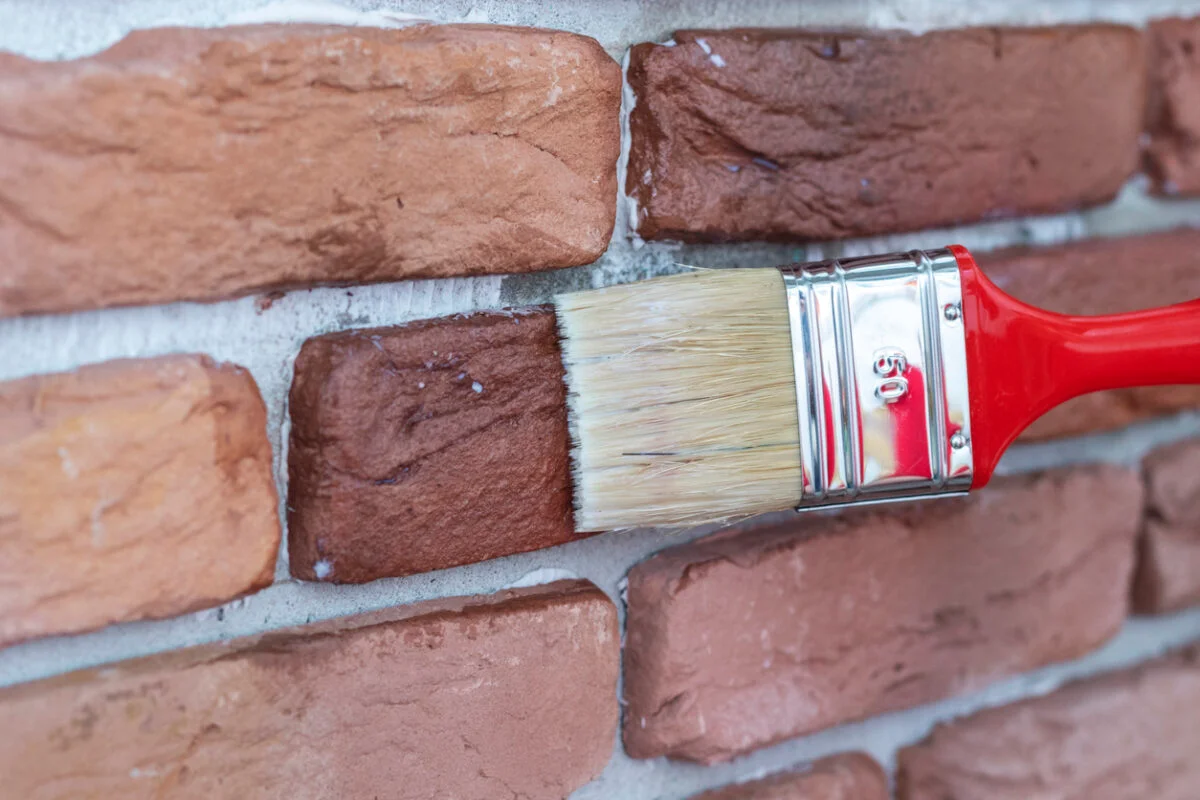
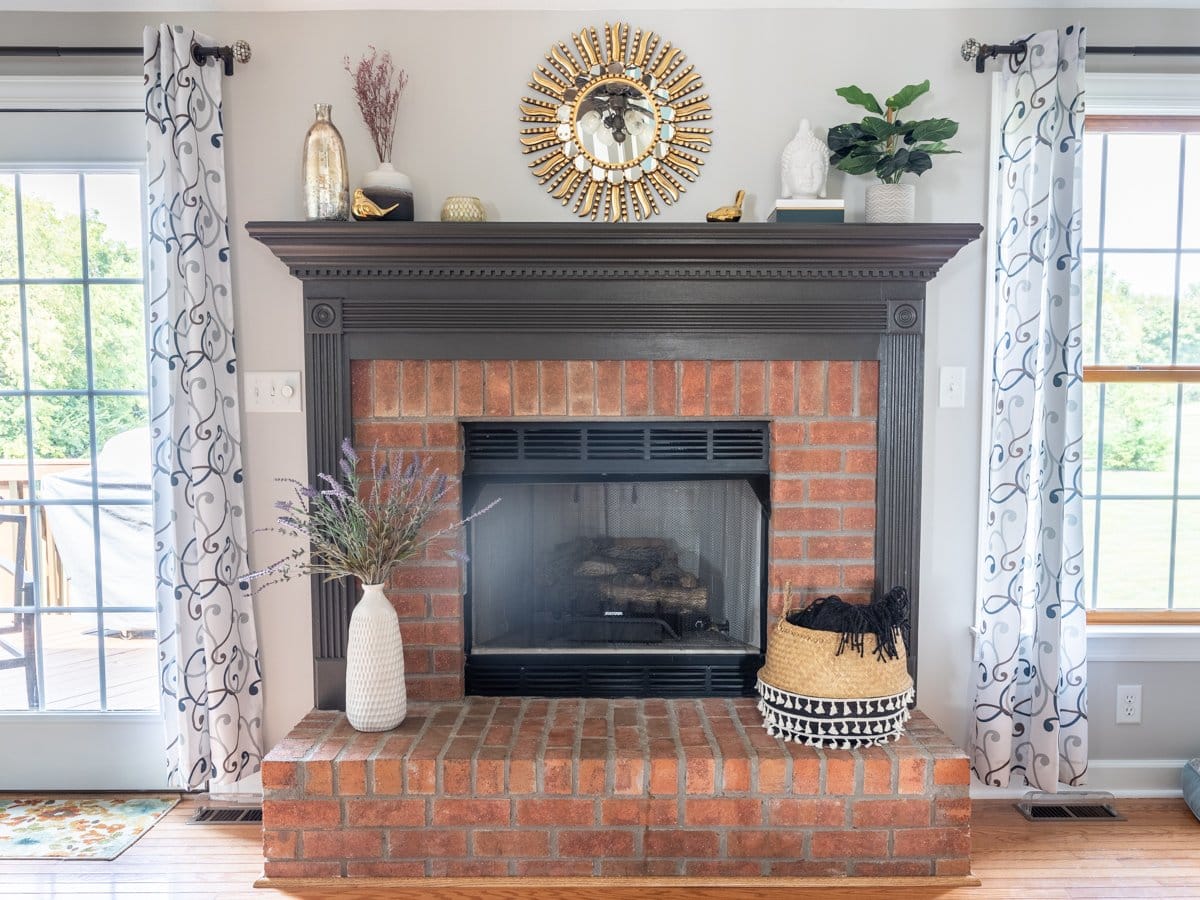
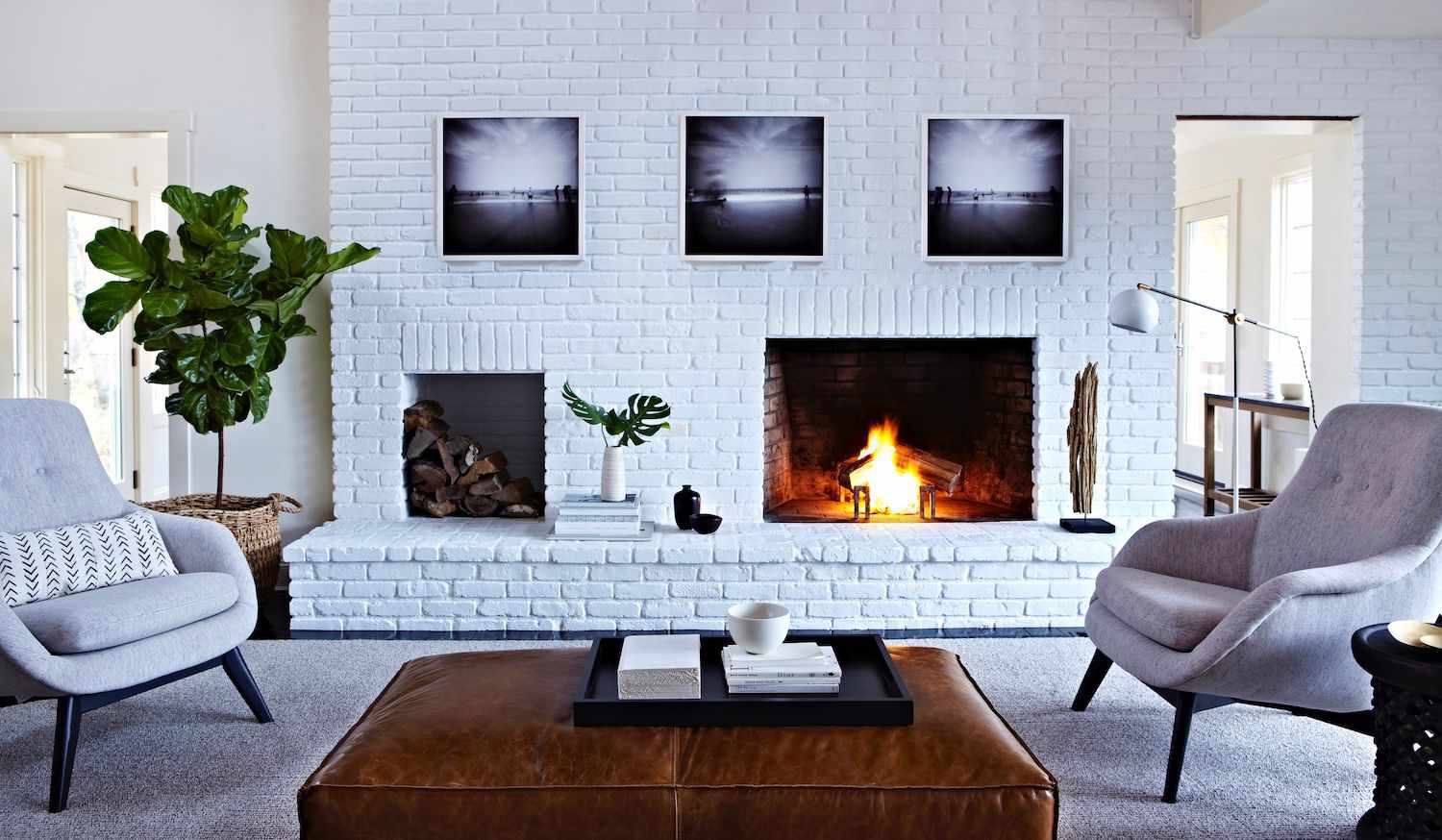

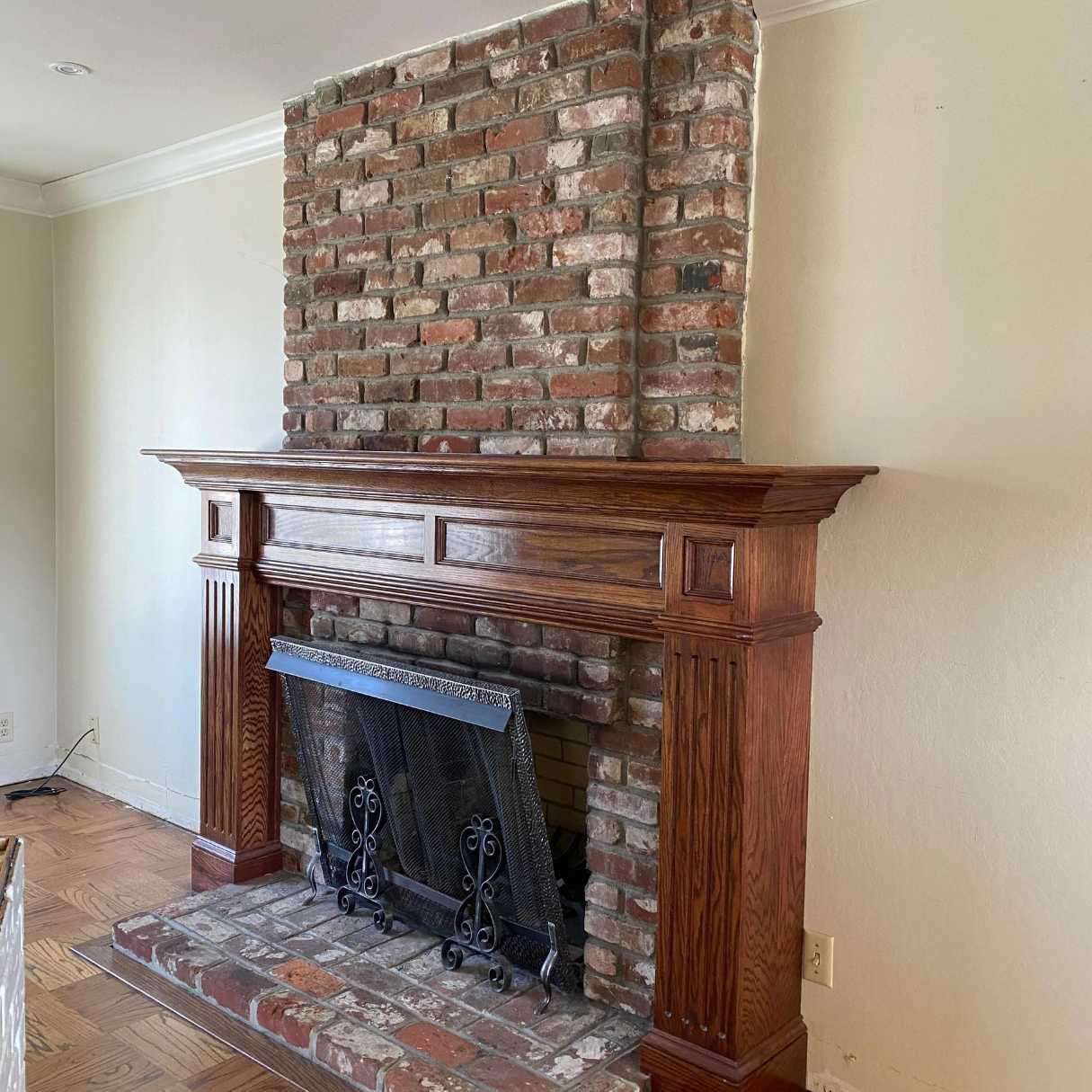
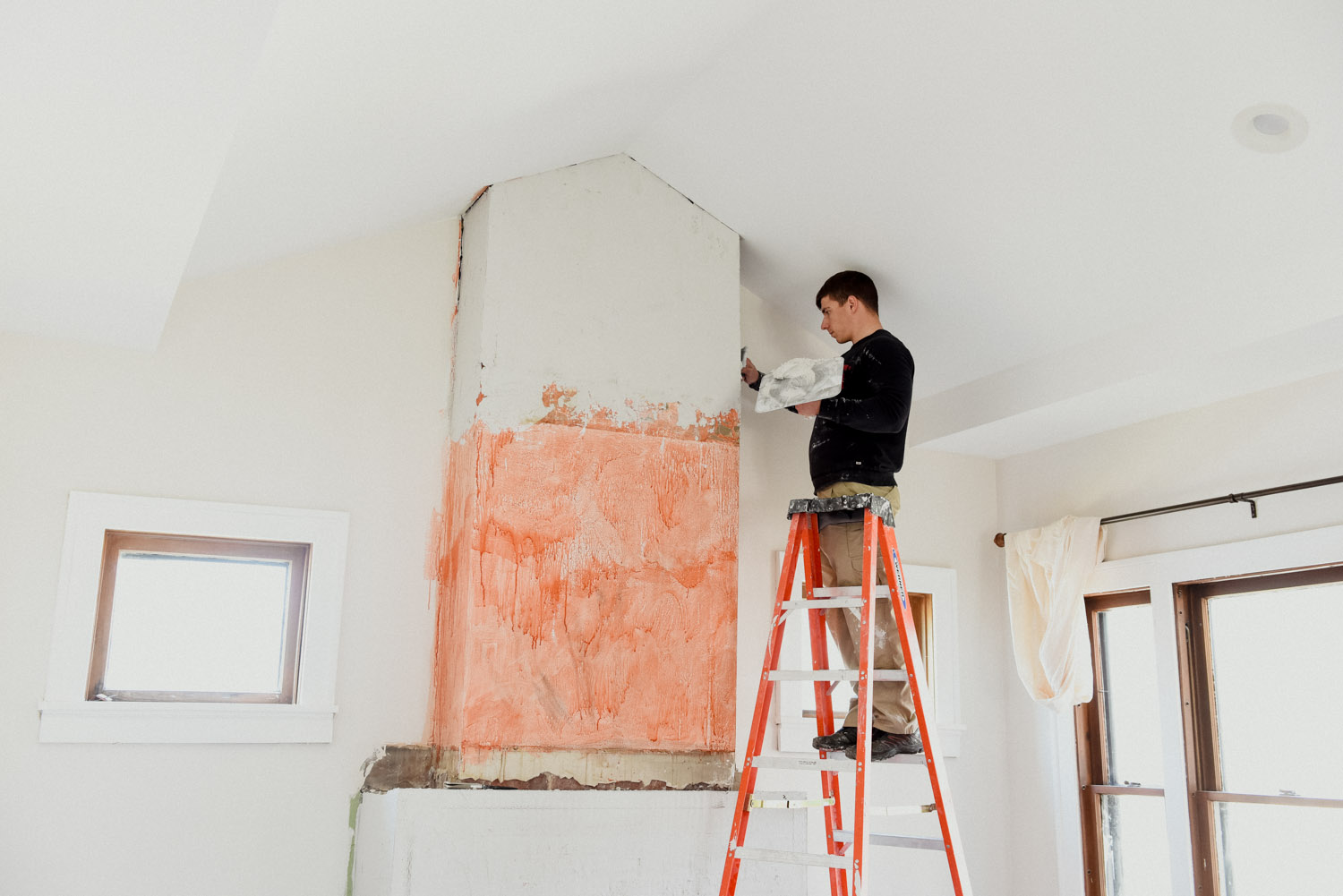
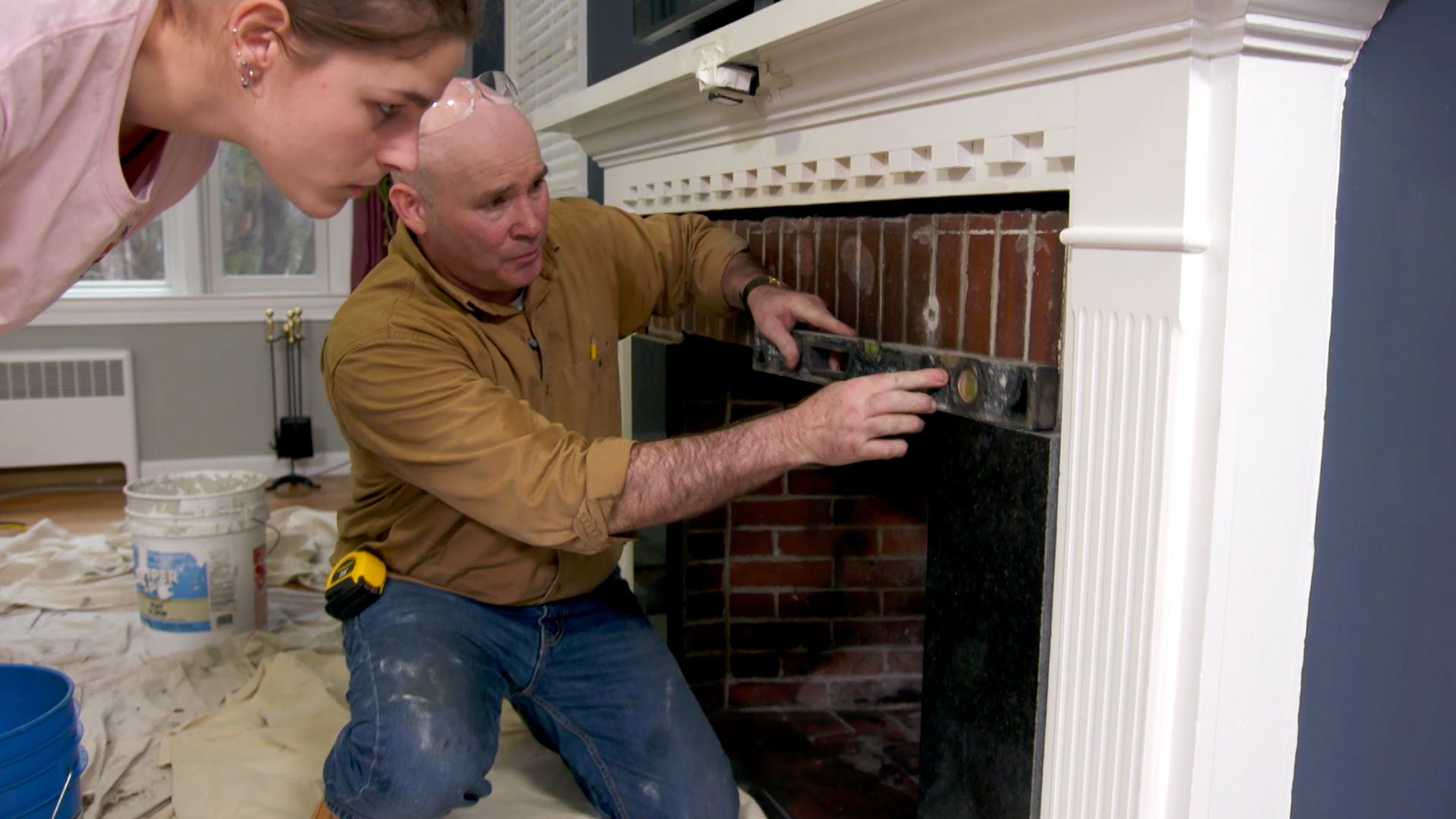
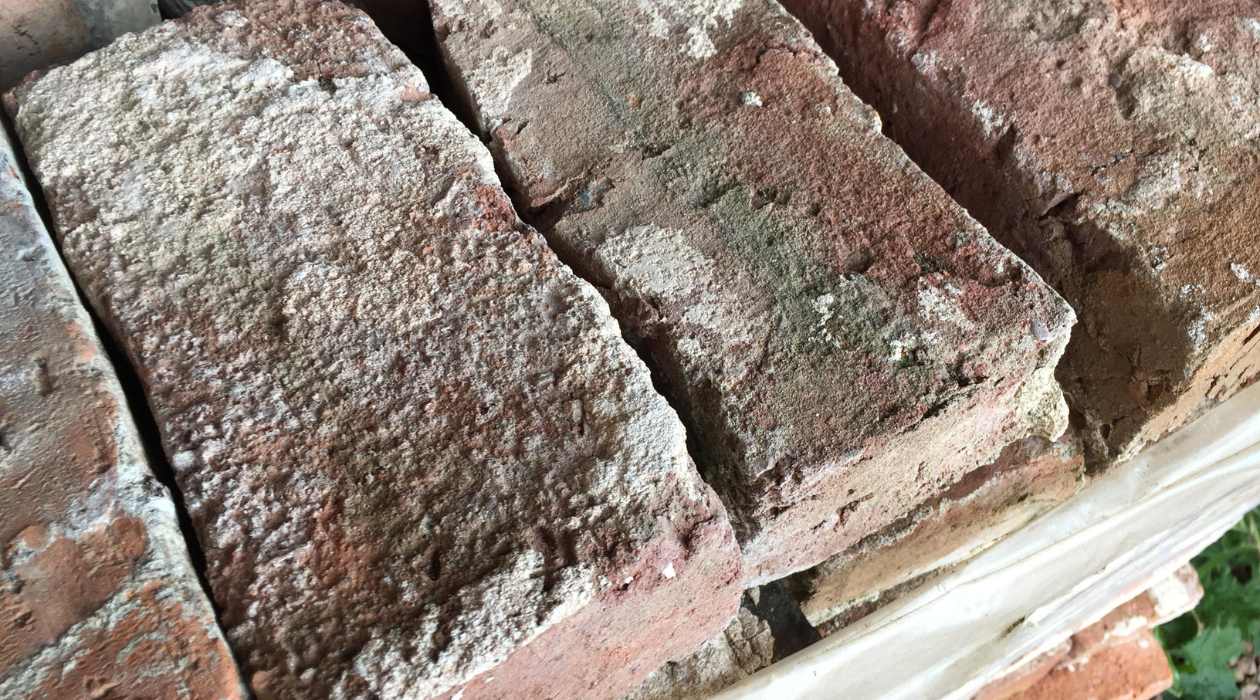
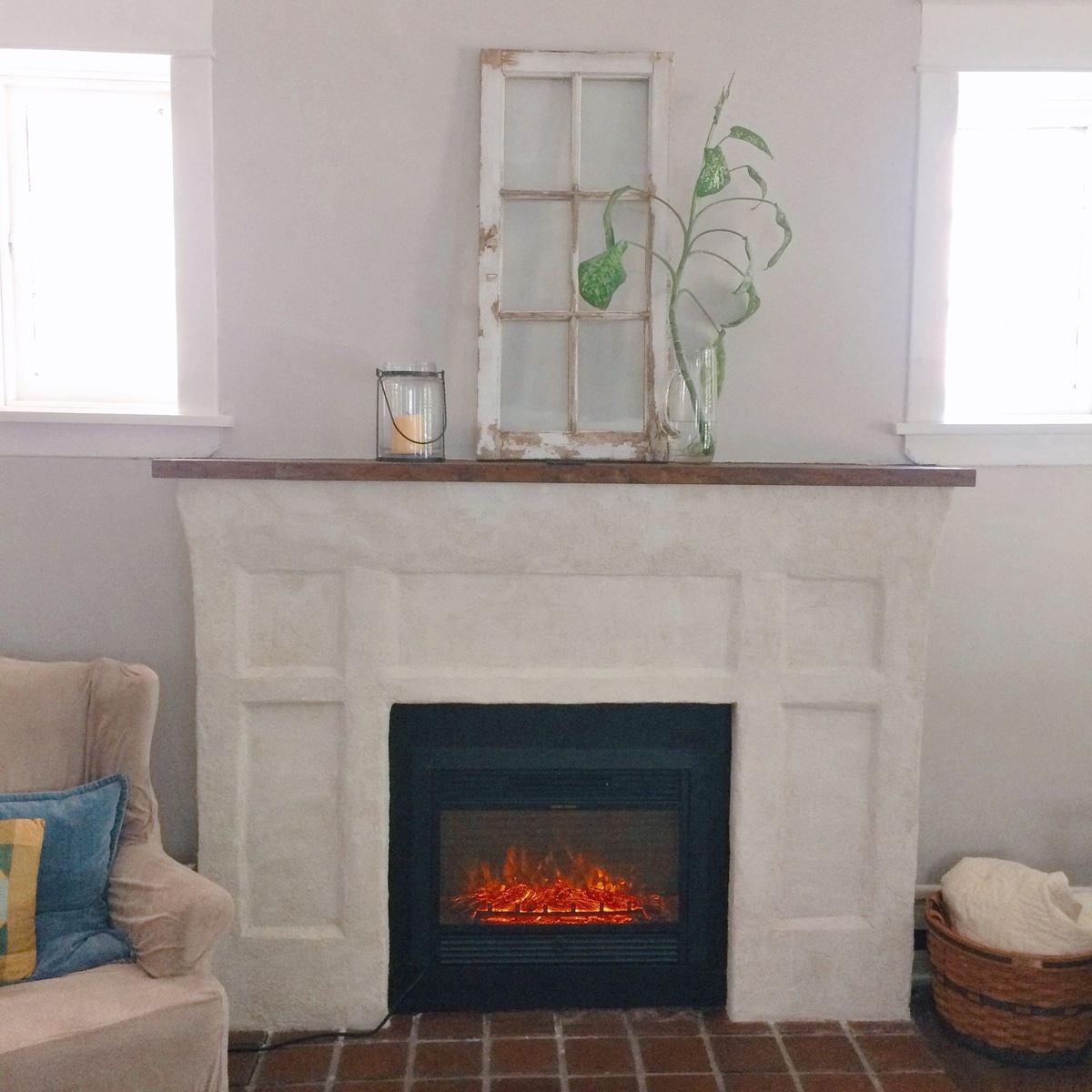
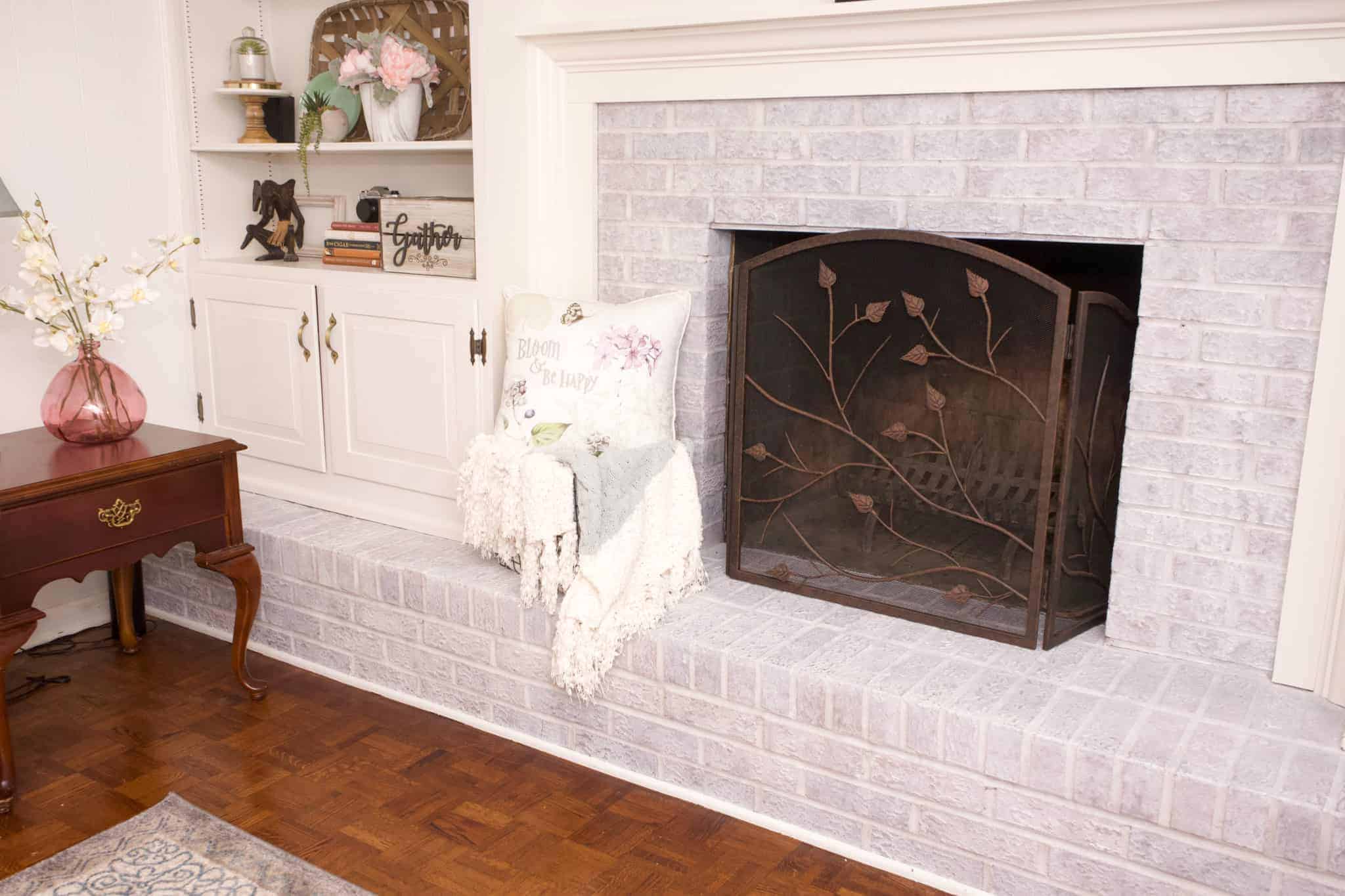
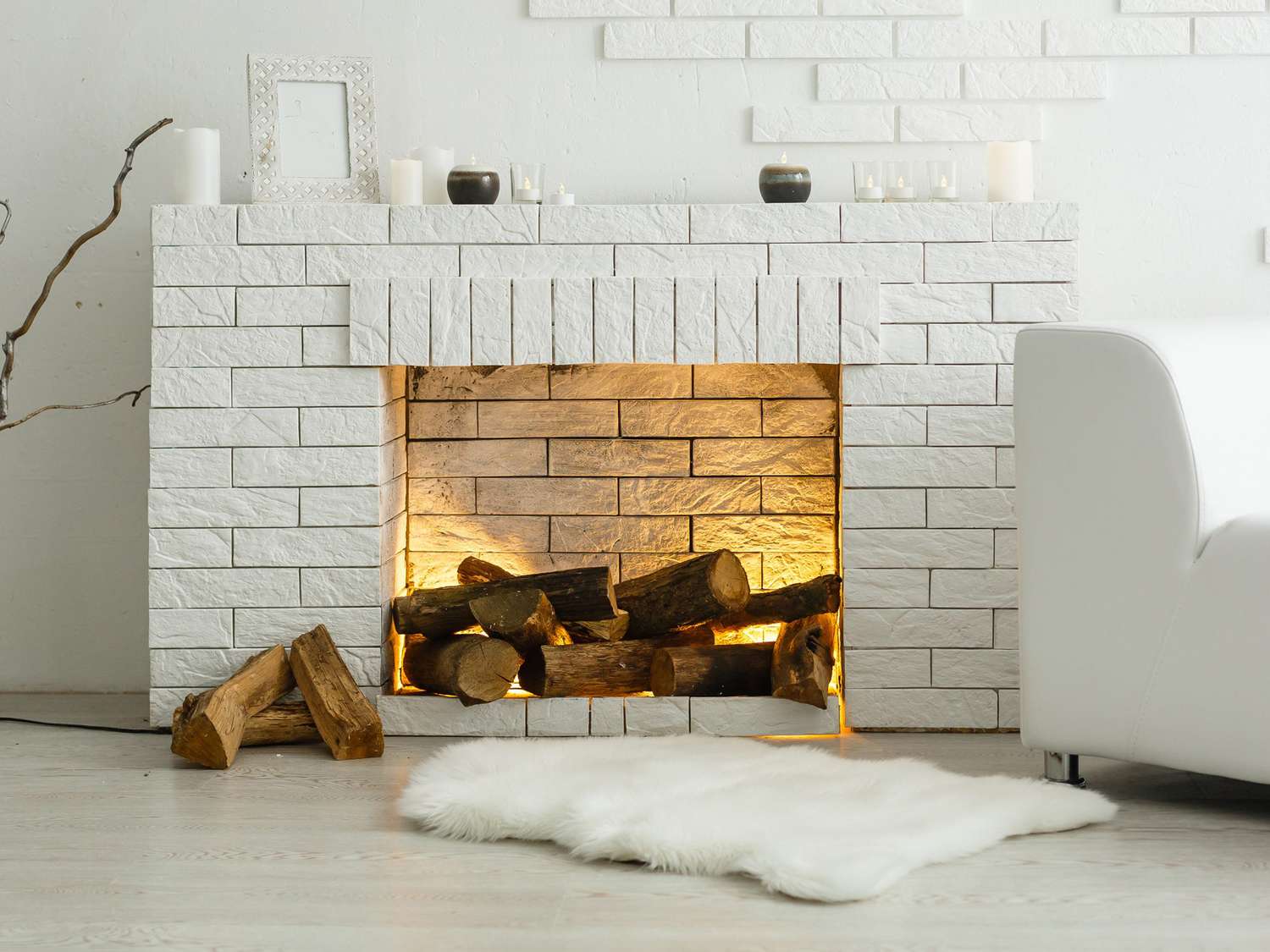
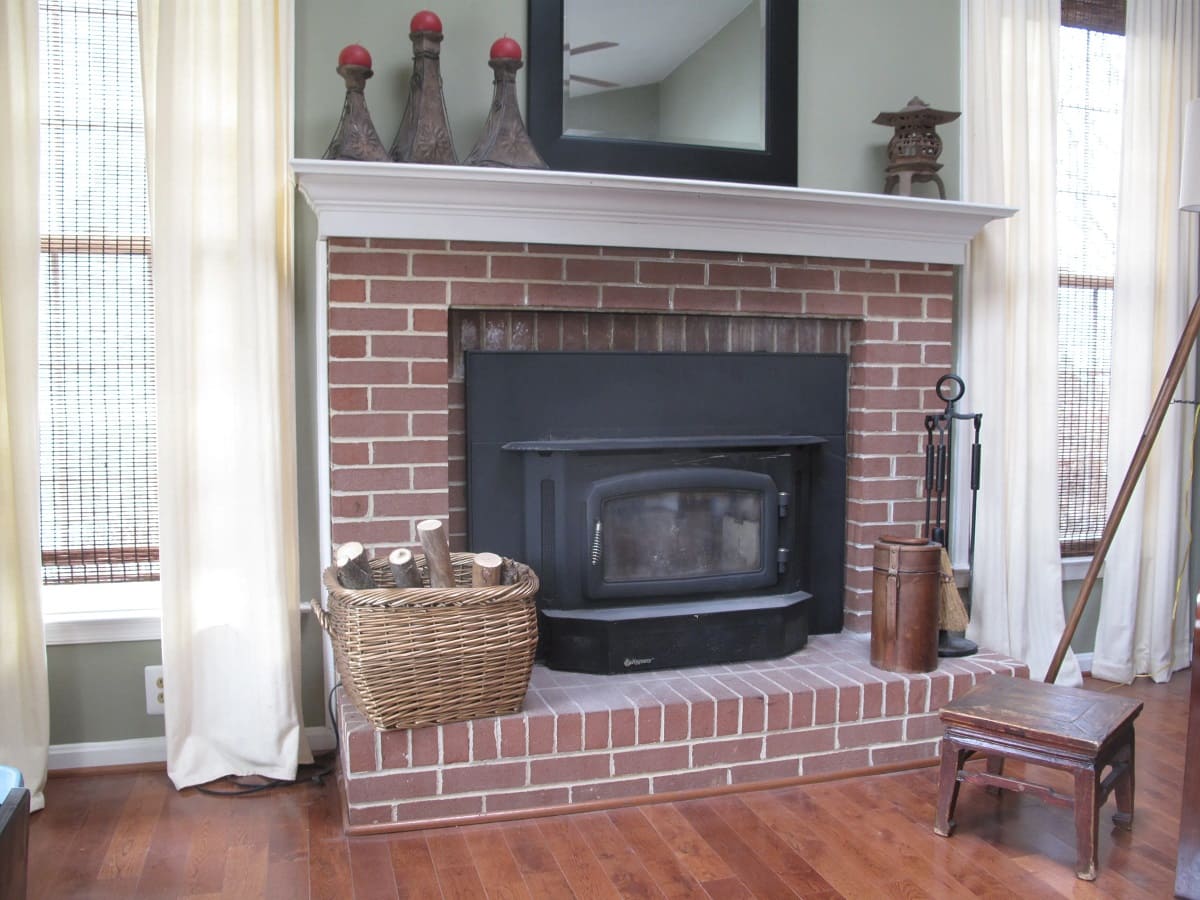
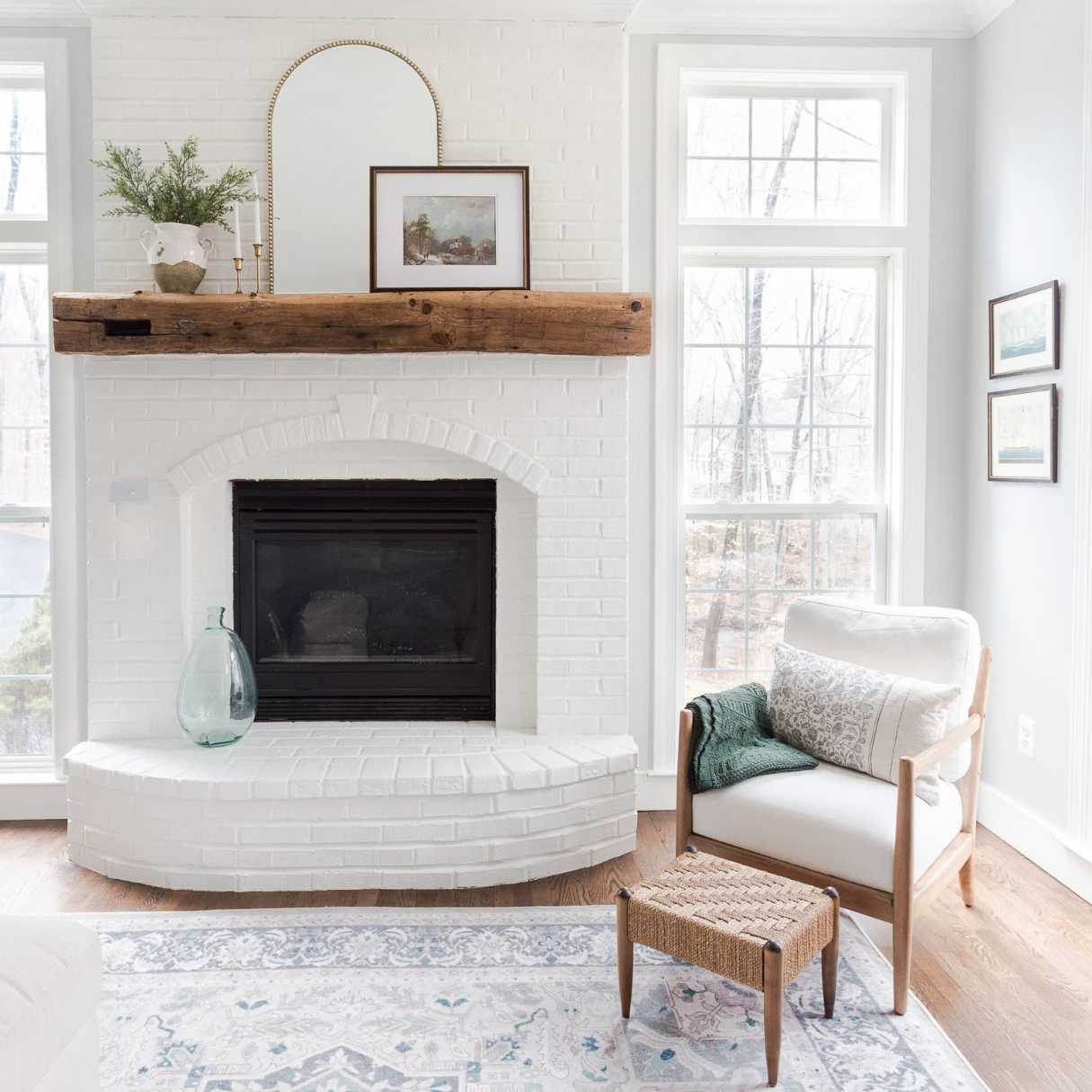
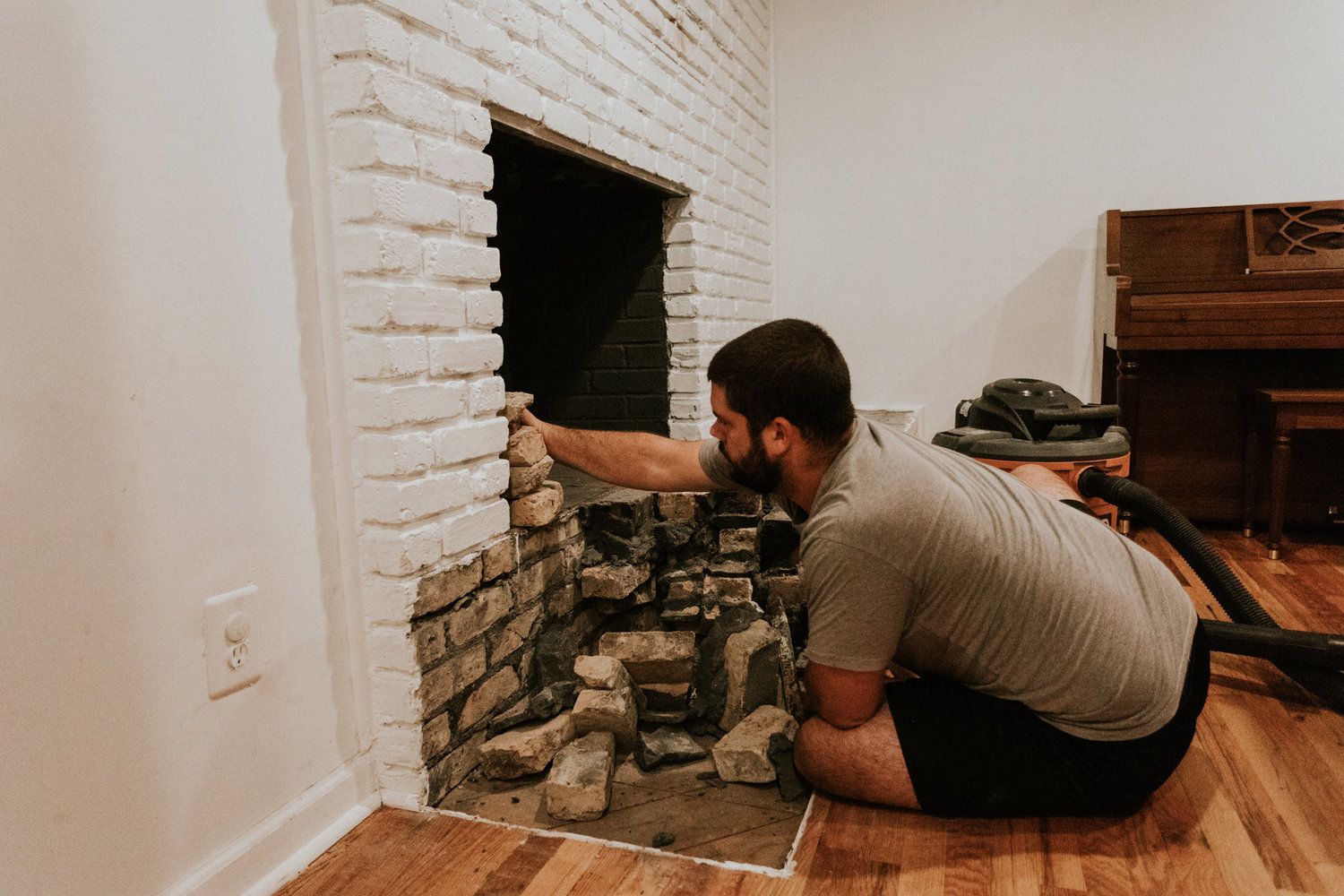

0 thoughts on “How To Stain A Brick Fireplace”